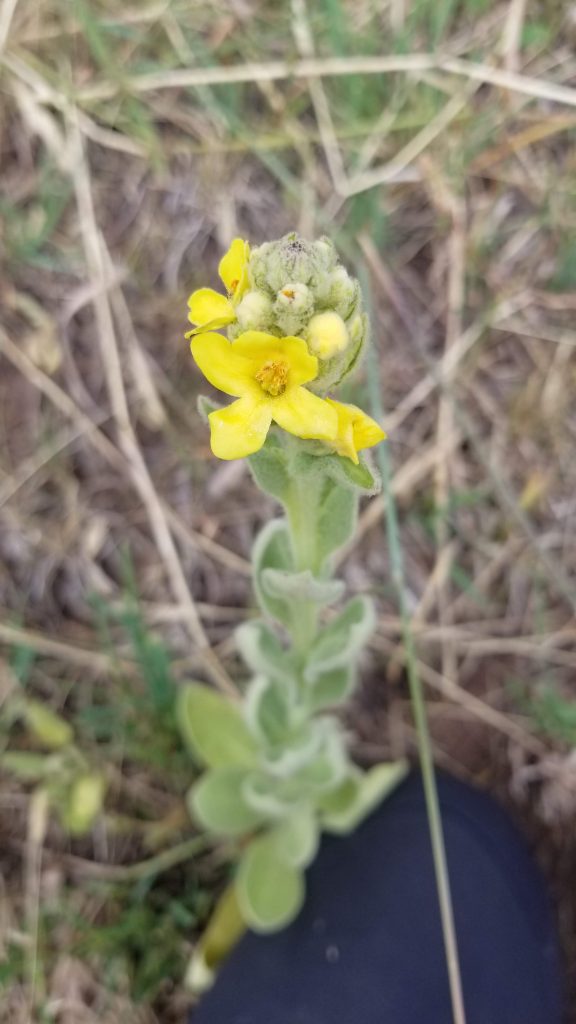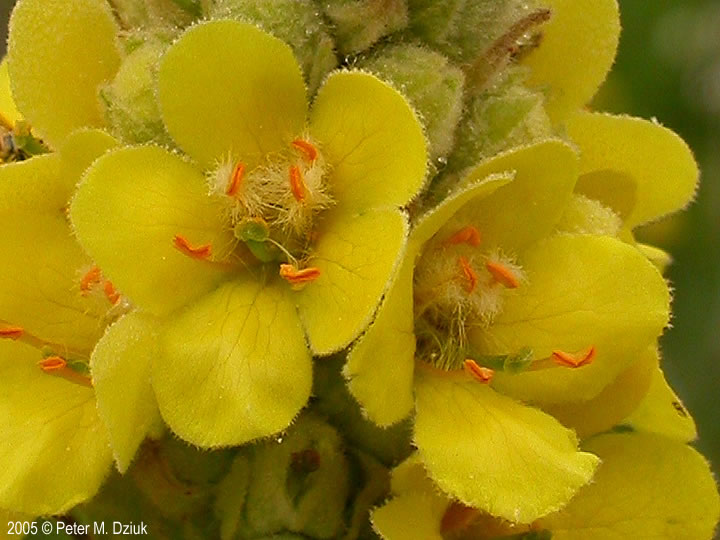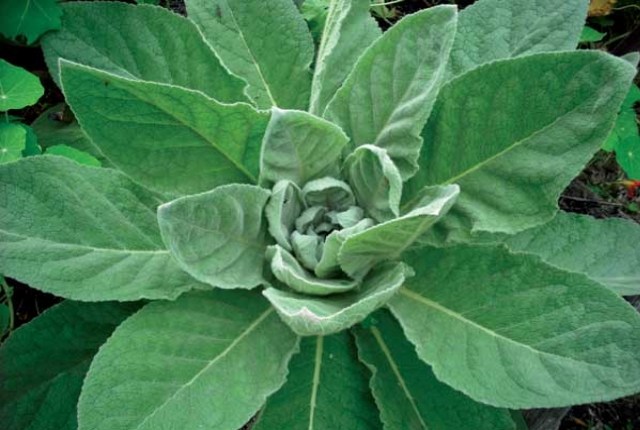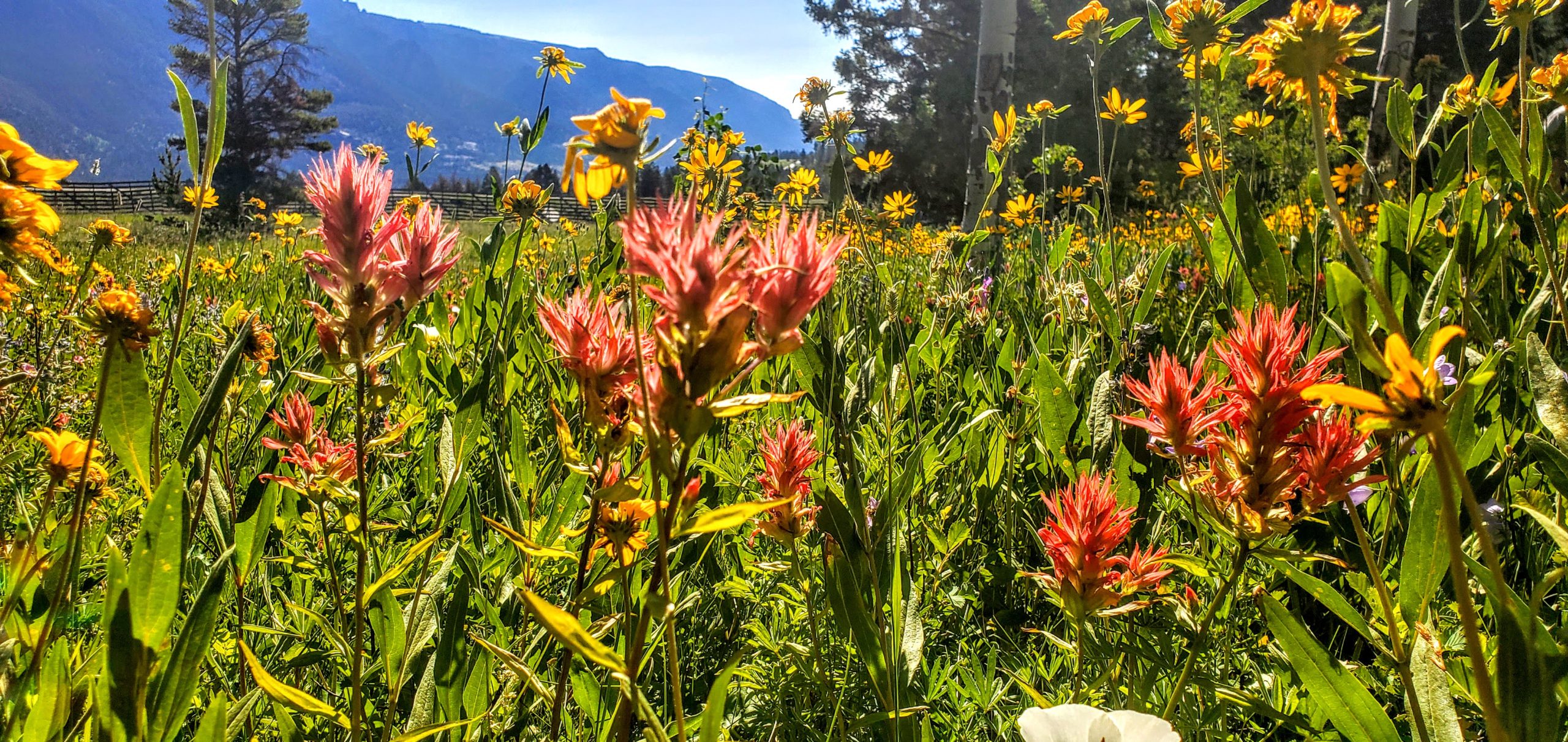Mullein – Verbascum thapsus – Scrophulariaceae
I went to compare this herb to another. But what ended up happening was Materia Medica for Mullein – Verbascum thapsus. Mullein is another plant that is at the top of my list… though I do believe the top of my list is quite long! We started out together in the beginning, and our relationship has become deep. Mullein and I are close, and I see her everywhere. She is soft and sweet. Strong and steady. Specific and varied all at the same time. Spiritual and scientific. These qualities are why she has been one to be used over the centuries. Ritually and medicinally. Mullein is known as the female counterpart of Cebadilla – Green Gentian. Because of her appearance, once you know that you realize her. She will too, become a close forest friend, and frequently used medicine.
Apperance
Mullein, in the same matter as Oregon Grape, is an herb that can be easily differentiated from other plants of the region. She, quite literally, sticks out like a sore thumb. Noticing it’s rosette of first year plants becomes a thrill of early spring. Wondering if it truly is the first year for this guy, or if in a couple of weeks it will shoot it’s stalk from the center to give it’s wonderful gift of sweet yellow flowers.

Known as natures T.P. Mullein leaves are incredibly soft and fuzzy. The leaves are hairy, really, really hairy. This is great for your needs in the woods, as you can in no way mistake Mullein T.P. for poison oak… These little hairs completely cover the surface of Great Mullein. Because of the fuzz, Mullein will make you want to nuzzle up against it, and feel cozy. In the right growing conditions, the stalk of mullein reaches heights of 9 feet. Great Mullein is no joke as to this magnificent plant’s nickname. The flowering portion stalk takes up nearly a third of the whole plant. The yellow flowers of mullein will blossom singularly. Making their way from the bottom of the stalk to the top in nature’s pattern of spiral. They do not all bloom at once. Because of this, Mullein goes to seed slowly throughout the weeks of late summer.
History of Mullein
I love to get into the history. Dividing and learning each part of the Latin name brings plants closer to you. The people of the old times didn’t need science to know their plants. The people of history just knew them. They didn’t need means of dividing and sorting out constituents. These people could absorb the hidden messages the plants gave to their hearts and decide that way. Because of this, we can use the plants’ names to be clues to their uses, appearances, and historic stories.
The uses for Mullein are varried, and vast. Smoked for spiritual and antispasmodic purposes. Steeped in oil to remedy ear pain and infection. The leaves of mullein were crushed and broken away from their stems. The stems were used for wicks in candles before cotton was readily available. When the flower stalk is soaked in tallow mullein becomes a slow, and brightly burning light. The old herbalists, the women of the woods. Because they knew the plants, and the wood lands they were the ones who were feared and then thus burned or drown.
Breaking it Down
They were the ones called hags, witches, and satan. Because of this, these healers had to hide in the woods. Their light that they carried in the forest at night. Was mullein. Thusly, this became their torch. And because of who carried it, Mullein was nick-named ‘Hags Torch”. Hag was thought to have been derrived from the Anglo Saxton word Haege meaning ‘a hedge’. Hedge Torch? I think a bit more fitting than the latter.
Verbascum is another fun name to break down the aspects of where and how. This name for Mullein is thought to have originated from the Latin word Barbasum meaning barba in Latin or – a beard. Though not quite as feminine as our the Native Americans of the Americas were to have named her. Still fitting with the fuzzy rosette leaves that spiral up in the second year of growth to produce a fuzzy stalk, buds and flowers. All to be covered in a fuzzy, cozy, and soft layer.
Weaving a Story
It is an opinion, but I do believe that our Native American tribes were excellent story weavers. They could look at the stars and piece together groups. Then share stories to where and why that group came to be. Who resides there now, and how they watch over the people, guide them and keep them safely traveling home. The plants were a massive component to life for the Native Americans. They were food, medicine and spirit guides. The plants were as sacred as water, and kept their people safe, clothed, healthy, and full.
Mullein has a beautiful story, and use spiritually in the traditions of the natives here. She was the feminine plant of the mountains. Cebadilla, her counterpart in masculine. Mullein was the soft force who could push away evil spirits to keep the souls of the tribes safe in dream land and waking. With her partner, Green Gentian, she was ground into powder. Equal parts for the balance of male and female presence. This powder was spread onto the hunters of the tribes. Mullein would offer protection from evil, and the softness it took to appreciate and celebrate the life that was being taken to feed and nourish others. Cebadilla, the strength, the stamina, and warrior like force to keep the hunters going.
Expeditions during this time were long. The men were exposed to forces of nature, and far from their homes. The two plants would carry them through. Keeping them soft yet strong. Sturdy and sane. With female and masculine together, the hunters were successful because they carried both sides of the earth, and spirit world. The Male and the Female.
What and How to Use Mullein
Medicine comes from the entire collection of parts to this plant. The root, leaves, and flowers all very useful to the at home medicine chest. From tea, tincture, and infused oil. It’s uses are varied, and yet perfectly specific. Mullein has many actions and just as many uses. It is mucilaginous, anti-inflammatory, pectoral, astringent, sedative, antispasmodic, diuretic, vulerary, and anti-catarrhal. Some have put Mullein into the expectorant category. It is widely known for this purpose. However, it is not a true expectorant.
Mullein’s medicine reaches the lungs indeed. It has a strong mucilaginous activity, and helps to moisten the lungs. The flowers will also aid in breaking up infection, specific to bacterium. Thus when bronchitis is brought on by a cold or flu virus. But lingers with a bacterium, usually due to consumption or exposure. Mullein is the perfect warrior to help breakup and remove the bacterium.
Flower Medicine
The flowers make an excellent tea, and I would recommend them to be useful for the above situation. 5-10 flowers is all that is needed in a tea. One of my favorite ways to work with the flowers is to make an infused oil. It is indeed a tedious act as the flowers and the buds must be picked one by one to be useful. When the stalk is chopped off, or the entire plant up rooted. The resins will leave the flower and the bud. You can see this in action when you harvest this way as a black sap will ooze from the injury site of the plant.

I start working a stand of mullein plants when they first start to flower. Taking 3 or 10 from one plant, and 6 or 8 from another. Working my way around. I watch the plants as they go to flower. Making sure that I leave enough flowers in the end to go to seed. I take the flowers home each day, and add them to my jar of oil. Usually this is sitting in a sunny window, or on the water heater covered with a thick layer of cheese cloth. Thick enough to keep out any bugs, or dust. But thin enough for the oil to breathe. I let it cook for several weeks after adding the last round of flowers to the mix.
Using Oil Infusions
This flower oil is very useful for humans and our furry friends. The oil has been used for centuries to remedy ear aches and congestion. I have had great success with kids, and adults to soothe earaches and infections. Simply warm up a few drops of the oil, after making sure that it is not too hot. Drip the oil into both ear canals. When working with an ear infection, or pain due to infection, one must treat both ears. The sinus cavity sits between the two ear canals. Because they connects the three to each other making it easy to push infection from one side to the other. This remedy works with pain, as well as swimmers ear.
Mullein Roots
Roots are harvested and used for a tea. They are very specific to remedying complaints of the kidneys and urinary tract. Mullein roots are astringent, and contain the same antimicrobial properties as the rest of the plant. The roots can be used as a strong decoction, and are safe to apply frequently. Anyone who is sensitive to having frequent urinary complaints after intercourse is the perfect candidate for the astringency, and clarifying aspects of mullein root.
Using Mullein Leaves
Mullein leaves contain the mucilaginous properties. This aspect of plant action is incredibly healing and soothing. Specific to mucous membranes, but can also be used topically in salves. With the mucilaginous properties of the leaf, mullein is very useful as a tea to soothe and moisten the lungs so that expectorant herbs will be more effective. When using tea of Mullein it is essential to strain it very well. A cheese cloth is best as the tiny little hairs can be irritating to the throat. Usually people with sensitive skin will be the most affected by these little hairs.

The leaves also make a great addition to therapeutic smoke blends. This does indeed sound counter-intuitive. But with experience using Mullein in this way, I assure you it is very soothing to the lungs when the smoke is inhaled. It’s antispasmodic properties, as well as mucilaginous constituents seem to come through in the smoke. I have found it to be very soothing, and when inhaled slowly, the smoke doesn’t make you need to cough. With this light inhale, the smoke is cooling, moistening, and even has a slight euphoric pain relief.
It was believed by the early Europeans and Asian cultures that Mullein smoke would drive away evil spirits. They would let the leaves burn in homes of the sick, during pregnancy and birth. This would keep all the beings protected from any lost souls looking to wreak havoc on the lives of the villagers.

